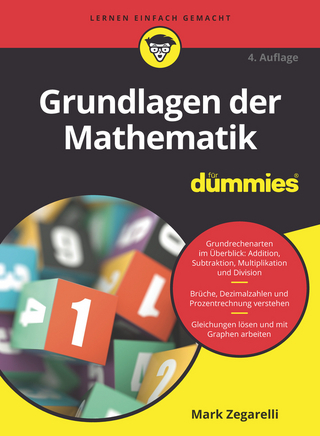
Karaṇapaddhati of Putumana Somayājī
Springer Verlag, Singapore
978-981-10-6813-3 (ISBN)
Karaṇapaddhati presents the theoretical basis for the vākya system, where the true longitudes of the planet are calculated directly by making use of certain auxiliary notions such as the khaṇḍa, maṇḍala and dhruva along with tabulated values of changes in the true longitude over certain regular intervals which are expressed in the form of vākyas or mnemonic phrases. The text also discusses the method of vallyupasaṃhāra, which is essentially a technique of continued fraction expansion for obtaining optimal approximations to the rates of motion of planets and their anomalies, involving ratios of smaller numbers. It also presents a new fast convergent series for π which is not mentioned in the earlier works of the Kerala school. As this is a unique text presenting the rationale behind the vākya system and the computational procedures used in the karaṇa texts, it would serve as a useful companion for all those interested in the history of astronomy. The authors have provided a translation of the text followed by detailed notes which explain all the computational procedures, along with their rationale, by means of diagrams and equations.
VENKETESWARA PAI is assistant professor at the Department of Humanities, Indian Institute of Science Education and Research (IISER), Pune. He worked on Karaṇapaddhati to obtain his PhD from the Indian Institute of Technology (IIT) Bombay in 2011. Subsequently, he was a faculty member at the SASTRA University, Thanjavur, Tamil Nadu, India, before joining IISER, Pune. His research interests include Indian astronomy and mathematics. He is a recipient of the Young Historian of Science Award of the Indian National Science Academy (INSA) in 2014. He is also a member of the Indian National Young Academy of Science (INYAS). K. RAMASUBRAMANIAN is professor at the Cell for Science and Technology in Sanskrit, Indian Institute of Technology (IIT) Bombay. He worked on nonlinear dynamics to obtain his PhD from the University of Madras in 2001. He has been working in the area of Indian astronomy and mathematics for more than 25 years and is also a scholar in Advaita-Vedānta. He was awarded the Mahaṛṣi Bādarāyaṇa Vyas Samman by the President of India in 2008. M.S. SRIRAM worked on field theory and obtained his PhD in physics in 1978 at Indian Institute of Technology (IIT) Kanpur. He was a faculty member at the Allahabad University for five years. Subsequently, he joined the Department of Theoretical Physics, University of Madras, and retired as the head of the department in 2011. He has worked in the areas of high energy physics and nonlinear dynamics. He has been engaged in research in Indian astronomy and mathematics for over 25 years. Presently he is associated with Prof. K.V. Sarma Research Foundation, Chennai. M.D. SRINIVAS did his PhD in the theoretical physics at the University of Rochester, U.S.A. He was a faculty member at the Department of Theoretical Physics, University of Madras, for two decades and worked on the conceptual and mathematical foundations of quantum mechanics.He has been associated with the Centre for Policy Studies, Chennai, for over two decades and has been working on various aspects of Indian sciences, society and polity.
Chapter 1. Mean planets and the śakābdasaṃskāra.- Chapter 2. Obtaining smaller guṇas and hāras.- Chapter 3. Computation of the khaṇḍa, dhruva, etc. of the Moon.- Chapter 4. Obtaining the hārakas for the planets.- Chapter 5. Examination of the revolution numbers etc.- Chapter 6. Relation between the circumference and the diameter and computation of Rsines.- Chapter 7. Obtaining the planetary longitudes.- Chapter 8. Gnomonic shadow.- Chapter 9. Ascendent at the meridian transit.- Chapter 10. Obtaining the Right Ascension, etc.
| Erscheinungsdatum | 09.04.2018 |
|---|---|
| Reihe/Serie | Sources and Studies in the History of Mathematics and Physical Sciences |
| Zusatzinfo | XLVIII, 450 p. |
| Verlagsort | Singapore |
| Sprache | englisch |
| Maße | 155 x 235 mm |
| Themenwelt | Mathematik / Informatik ► Mathematik ► Allgemeines / Lexika |
| Mathematik / Informatik ► Mathematik ► Geschichte der Mathematik | |
| Naturwissenschaften ► Physik / Astronomie ► Astronomie / Astrophysik | |
| ISBN-10 | 981-10-6813-5 / 9811068135 |
| ISBN-13 | 978-981-10-6813-3 / 9789811068133 |
| Zustand | Neuware |
| Haben Sie eine Frage zum Produkt? |
aus dem Bereich


